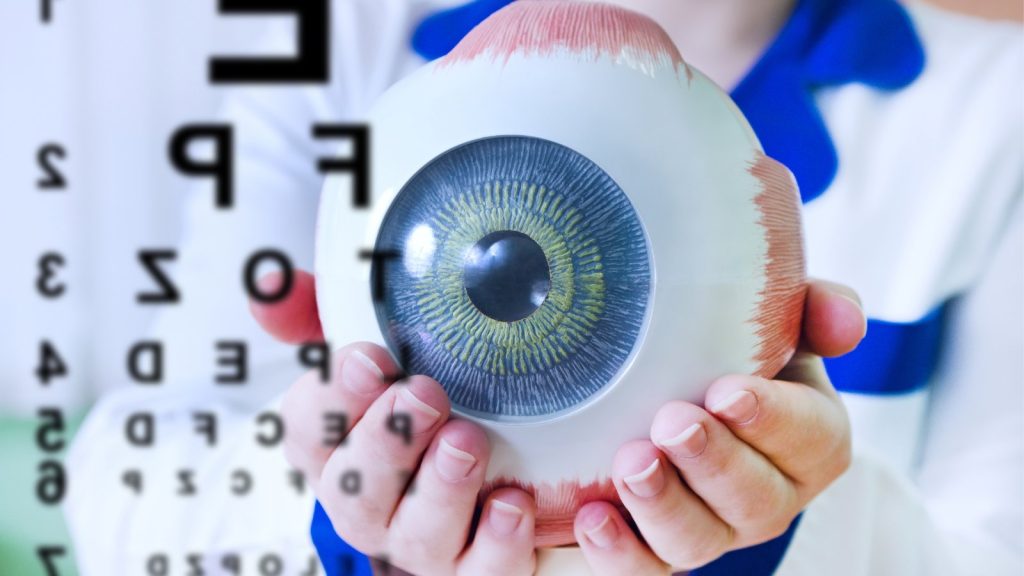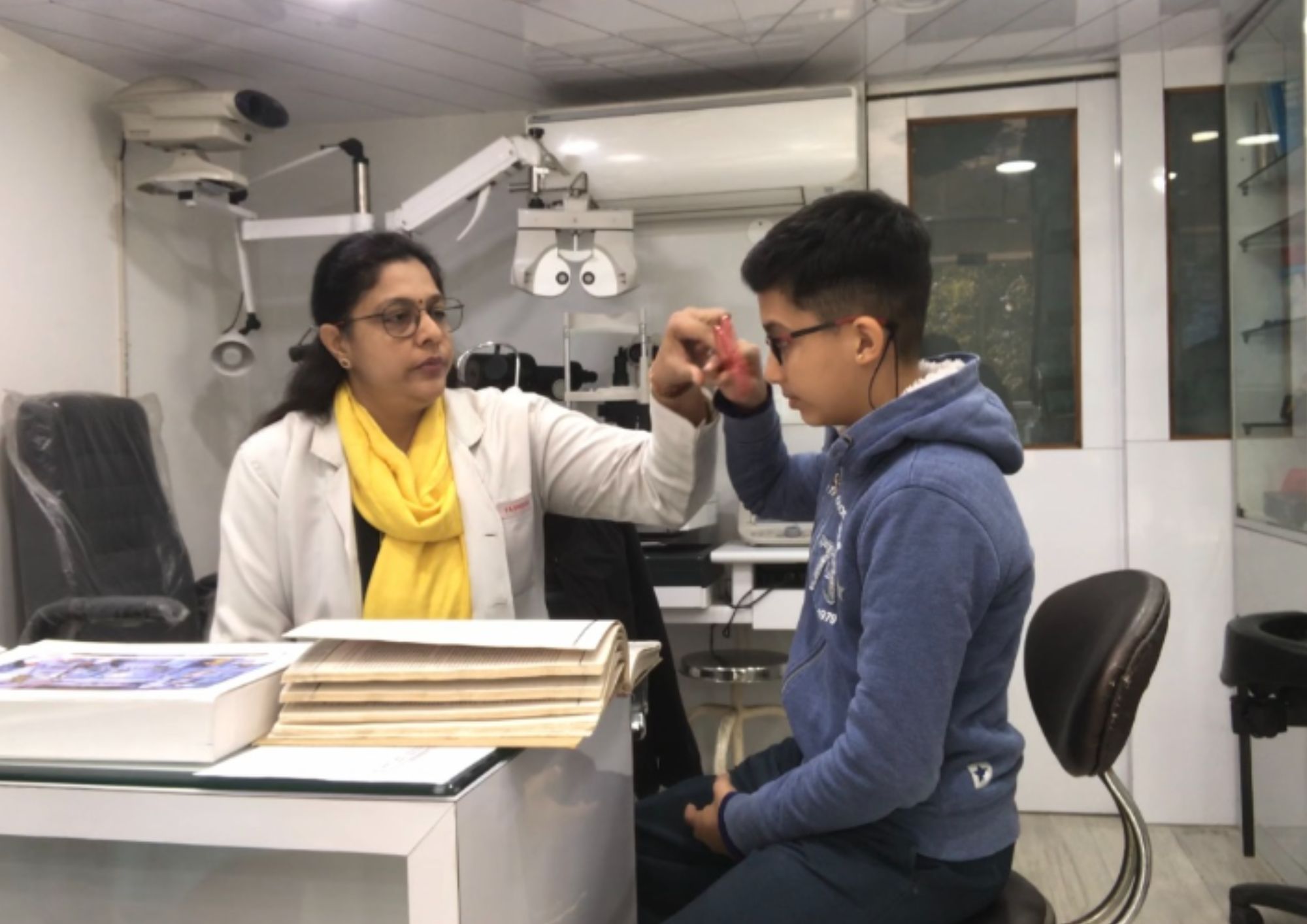Locate the most effective Glaucoma Service Near Me: Specialist Eye Treatment Solutions
Locate the most effective Glaucoma Service Near Me: Specialist Eye Treatment Solutions
Blog Article
The Duty of Advanced Diagnostic Tools in Identifying Eye Disorders
In the realm of ophthalmology, the utilization of sophisticated analysis devices has reinvented the very early identification and administration of different eye disorders. From finding refined adjustments in the optic nerve to checking the development of retinal illness, these technologies play a crucial duty in boosting the accuracy and performance of identifying eye problems. As the demand for accurate and prompt medical diagnoses proceeds to grow, the integration of innovative tools like optical coherence tomography and visual field screening has ended up being vital in the realm of eye treatment. The detailed interplay in between innovation and sensory practices not just clarifies complex pathologies however likewise opens doors to tailored treatment strategies.
Relevance of Very Early Diagnosis
Early medical diagnosis plays an essential duty in the efficient monitoring and treatment of eye problems. Timely identification of eye conditions is important as it permits punctual treatment, potentially stopping more development of the illness and decreasing long-term difficulties. By identifying eye conditions at a beginning, doctor can offer appropriate therapy plans customized to the specific condition, inevitably resulting in much better end results for individuals. Very early diagnosis enables clients to accessibility essential support solutions and sources earlier, boosting their overall quality of life.

Modern Technology for Finding Glaucoma
Advanced diagnostic innovations play a crucial role in the very early discovery and monitoring of glaucoma, a leading root cause of irreversible blindness worldwide. One such modern technology is optical comprehensibility tomography (OCT), which supplies detailed cross-sectional photos of the retina, allowing for the measurement of retinal nerve fiber layer thickness. This dimension is essential in evaluating damage triggered by glaucoma. One more innovative device is visual field screening, which maps the sensitivity of an individual's visual area, helping to identify any areas of vision loss feature of glaucoma. Furthermore, tonometry is used to gauge intraocular stress, a major risk factor for glaucoma. This test is essential as raised intraocular pressure can cause optic nerve damages. Newer modern technologies like the usage of man-made intelligence formulas in examining imaging data are revealing promising results in the early detection of glaucoma. These advanced diagnostic tools make it possible for eye doctors to detect glaucoma in its very early stages, enabling prompt intervention and better administration of the disease to avoid vision loss.
Function of Optical Coherence Tomography

OCT's ability to measure retinal nerve fiber layer density enables specific and objective dimensions, assisting in the very early detection of glaucoma even prior to aesthetic field problems end up being obvious. Furthermore, OCT modern technology allows longitudinal tracking of structural modifications in time, promoting customized therapy strategies and timely treatments to help protect individuals' vision. The non-invasive nature of OCT imaging additionally makes it a recommended option for monitoring glaucoma development, as it can be duplicated on a regular basis without triggering pain to the client. Overall, OCT plays an important function in enhancing the diagnostic accuracy and management of glaucoma, ultimately adding to much better outcomes for individuals at danger of vision loss.
Enhancing Diagnosis With Visual Area Testing
An essential component in comprehensive sensory examinations, aesthetic field screening plays an essential role in enhancing the analysis process for different eye disorders. By assessing the full level of an individual's visual area, this test gives crucial information about the practical honesty of the whole aesthetic pathway, from the retina to the visual cortex.
Visual area screening is especially useful in the diagnosis web and management of conditions such as glaucoma, optic nerve problems, and different neurological illness that can influence vision. With measurable measurements of peripheral and central vision, medical professionals can spot refined modifications that might investigate this site indicate the presence or progression of these disorders, also prior to obvious signs and symptoms take place.
In addition, visual area screening enables for the monitoring of therapy effectiveness, assisting ophthalmologists tailor restorative treatments to specific clients. eyecare near me. By tracking adjustments in visual area performance with time, doctor can make educated decisions concerning readjusting drugs, recommending surgical interventions, or executing other suitable steps to protect or boost a person's visual feature
Managing Macular Deterioration

Conclusion
In verdict, advanced diagnostic devices play a vital role in determining eye problems at an early stage. Technologies such as Optical Coherence Tomography and visual area testing have actually substantially enhanced the accuracy and performance of identifying conditions like glaucoma and macular deterioration. Early discovery permits prompt intervention and monitoring of these disorders, ultimately leading to far better results for people. It is vital for healthcare specialists to remain updated on these advancements to offer the best feasible look after their people. eyecare near me.
Report this page